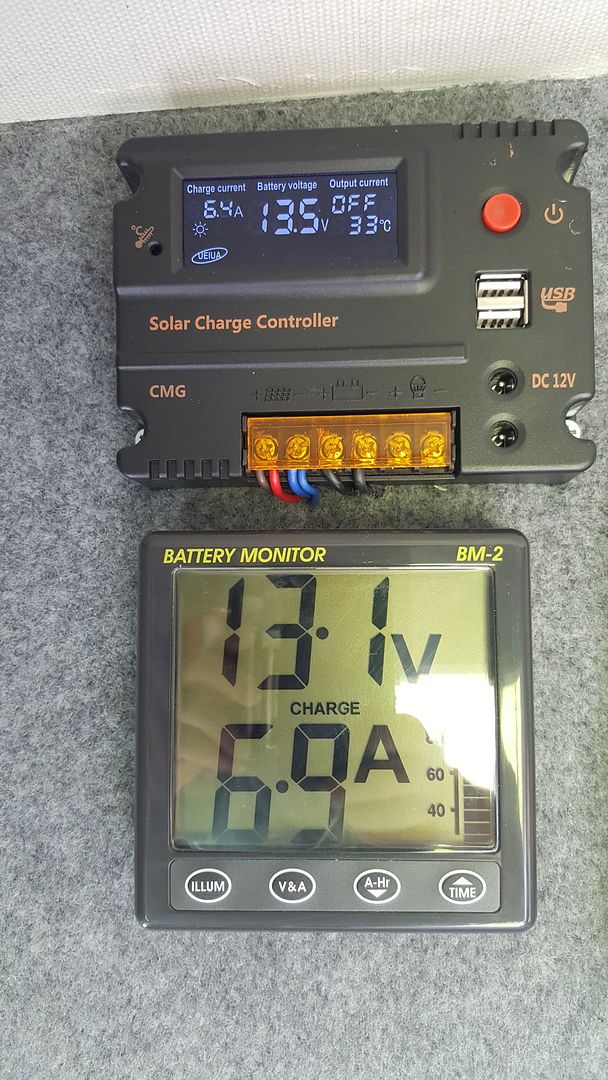Go for a durite VSR (Unless you have a 'smart alternator) about £40 (or £70 with cables/fuses etc)
Simple to fit AND ultra reliable .
I have fitted several with no problems including the one that helps to charge the 3 x 100ah leisure batteries in our Transit camper ...along with 2 x 100w solar panels on the roof .
Runs a 3000w inverter to power microwave/kettle/slow cooker/toaster etc
Batteries also power eberspacher and Waeco coolbox without any need for hook up .
--------------------———
many thks for the info , really helpful and will check that out
pretty sure i haven't got the smart alternator, mine will produce the 14.5 volts which i believe the later ones don't ??
alternator fitted on mine is 150amps
got an exide crank battery 100 a/h 900 cca , only a few months old
later on i wish to get a deep cycle agm battery , got an aux battery tray the other side of the engine bay which is very handy , did wonder if i should hook up a solar system to the aux battery so it can top it up when the engine is off
so as i'm using the aux battery , the solar may provide a small amount of recharge to it , until i start the engine
before i fit the aux system i'm going to look for a solar kit with a controller , to fit on my main crank battery as i sometimes don't use my landy for a few weeks , maybe a 30 watt panel
it is all new to me so been seeing plenty of reading, lol
Simple to fit AND ultra reliable .
I have fitted several with no problems including the one that helps to charge the 3 x 100ah leisure batteries in our Transit camper ...along with 2 x 100w solar panels on the roof .
Runs a 3000w inverter to power microwave/kettle/slow cooker/toaster etc
Batteries also power eberspacher and Waeco coolbox without any need for hook up .
--------------------———
many thks for the info , really helpful and will check that out
pretty sure i haven't got the smart alternator, mine will produce the 14.5 volts which i believe the later ones don't ??
alternator fitted on mine is 150amps
got an exide crank battery 100 a/h 900 cca , only a few months old
later on i wish to get a deep cycle agm battery , got an aux battery tray the other side of the engine bay which is very handy , did wonder if i should hook up a solar system to the aux battery so it can top it up when the engine is off
so as i'm using the aux battery , the solar may provide a small amount of recharge to it , until i start the engine
before i fit the aux system i'm going to look for a solar kit with a controller , to fit on my main crank battery as i sometimes don't use my landy for a few weeks , maybe a 30 watt panel
it is all new to me so been seeing plenty of reading, lol

